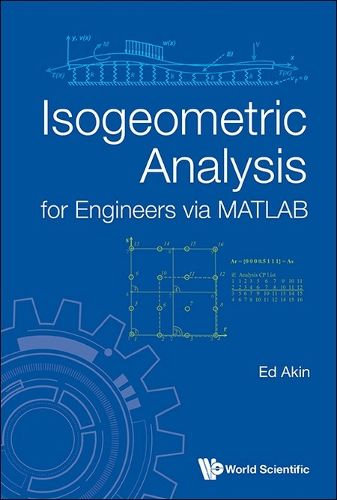Readings Newsletter
Become a Readings Member to make your shopping experience even easier.
Sign in or sign up for free!
You’re not far away from qualifying for FREE standard shipping within Australia
You’ve qualified for FREE standard shipping within Australia
The cart is loading…






This unique compendium approaches the relatively new Isogeometric Analysis (IGA) methods at senior undergraduates level in engineering or applied mathematics. It describes the differences between the well-established Finite Element Analysis (FEA) methods and why they are being replaced, or enhanced, by the latest developments in IGA.The book begins with summaries of the concepts of B-splines, NURBS, and 'knot vectors' which define them as exact representations of the geometry and as powerful analysis functions having higher continuity than the FEA use of Lagrange polynomials.The useful reference text includes Appendices with Matlab scripts for creating B-spline basis functions, topics in computer aided geometric design (CAGD) from which IGA arose, and matrix operations common to IGA and FEA. It also informs FEA users of the enhancements offered by IGA.
$9.00 standard shipping within Australia
FREE standard shipping within Australia for orders over $100.00
Express & International shipping calculated at checkout
This unique compendium approaches the relatively new Isogeometric Analysis (IGA) methods at senior undergraduates level in engineering or applied mathematics. It describes the differences between the well-established Finite Element Analysis (FEA) methods and why they are being replaced, or enhanced, by the latest developments in IGA.The book begins with summaries of the concepts of B-splines, NURBS, and 'knot vectors' which define them as exact representations of the geometry and as powerful analysis functions having higher continuity than the FEA use of Lagrange polynomials.The useful reference text includes Appendices with Matlab scripts for creating B-spline basis functions, topics in computer aided geometric design (CAGD) from which IGA arose, and matrix operations common to IGA and FEA. It also informs FEA users of the enhancements offered by IGA.